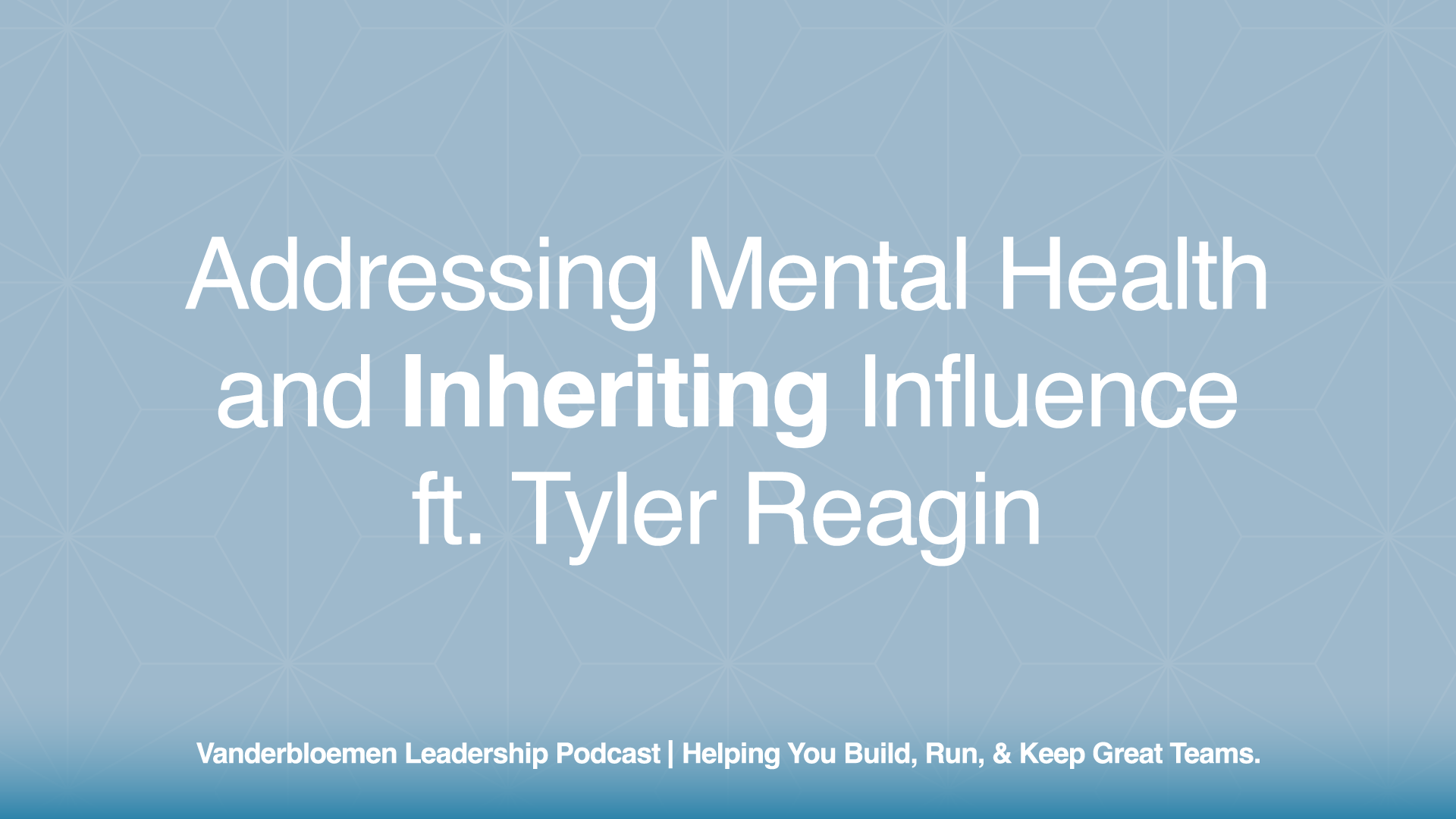At the beginning of 2017, I had the opportunity to change roles here at Vanderbloemen. It was a brand new switch not just for me, but also for our company. This was the first time in our organization’s history to have this type of role. While the outline for the position responsibilities were laid out, we knew the goals would change as the team figured out what would work best within our company structure.
Walking into a role that is still being developed is not an easy task. It takes quite a bit of creativity and a ton of ever-increasing agility (one of our favorite Vanderbloemen values). However, after a few months in the role, things begin to fall into place. In hindsight, here are four things I learned for walking into a newly created role that might be helpful to you and your team.
1. Build your best systems
The great thing about walking into a brand new role is that you get to have a significant voice in how you’re going to get the job done. There is some freedom in the tools you decide to use and the systems you set up. You have the freedom to choose what will work best for your work ethic and personality.
If Excel spreadsheets make your eyes cross, you have the choice to pick another tool that will make you more efficient. The first step in walking into a new role is setting yourself up for success as you navigate your new responsibilities.
2. Rebuild those systems
However, chances are once you get several months into a new assignment, some of the systems you set up initially may become obsolete. Be open and flexible to shifting things around as need arise. When I began my new position, I set up a system to track details that have eventually become unnecessary as I’ve grown comfortable with my new responsibilities. I shifted my methods a bit three months in, and then again around six months, and I am looking to do another audit soon. Keep what’s working, rebuild what’s not.
3. Be agile
Just as you’ll be working and reworking the tools and structures that will make you most efficient to get your job done, your supervisors and leadership team will also be reassessing how your position fits within the organization’s structure. The goals and expectations set out in the beginning might fluctuate as the position’s value rises to the surface. For example, my role is a client-facing role, so my goals and priorities have shifted as I’ve had the opportunity to hear more from clients themselves of what it is they exactly need. Go into your new role looking through the lens of agility and allow your clients, your team, or your volunteers help you prioritize what will make your new role the most effective to your organization’s success.
4. Be patient
Rolling with the punches in your daily work life is important no matter what role you have, and you can be sure that a brand new position will likely come with a ton of change. Be patient not only with yourself as you figure out how to take ownership of your new role, but also with your supervisors, team members, and colleagues as everyone gets used to it. Set the expectation that it will more than likely take nine months to a year for this role to feel fully integrated into the team structure, and then enjoy the opportunity to shape the role you’ve been given.
What are some other pieces of advice you would give to someone stepping into a brand new role?


